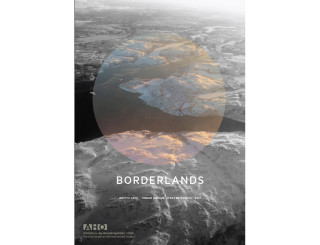
This book documents the joint effort of an international group of researchers and students of architecture and landscape architecture to understand the everyday Kirkenes, its life, and the thinking of the inhabitants about the town and its future. These crucial local elements inform the students so that their design proposals can better suggest ways that the future of the town could unfold.
In 2017, Kirkenes finds itself in a transition. It has a long history as a mining community, but now sees its economy shifting towards tourism and many other activities. It is a unique town in Norway; its foundational period as an industrial society is very special, and the dramatic events of the Second World War are still evident as traces and remains in the urban landscape.
Although it lies about 400 km north of the Arctic Circle, Kirkenes does not strike one as a very typical ‘Arctic City’. There are far too many trees and it seems far more economically diversified than one would expect to fit pre-conceived ideas of desolate landscapes and socially marginal populations. It simply does not feel peripheral in the way that the Arctic is usually seen to be. This may be a result of global shifts in which the Arctic region is much more central to how people, businesses and governments think and act. And Kirkenes is an example of a settlement in the Arctic that is primarily investing in an ‘Arctic’ identity as a tourist destination (husky tours, northern lights and snow hotels), all while this notion plays very little role in the everyday life of the town’s inhabitants.
Our mission is not to standardise ideas about what Arctic cities are, but rather to investigate how the local context of places in the Arctic, like Kirkenes, makes them unique, and how everyday life unfolds here. We see Kirkenes as a local place, in a landscape, but also as a location that is changing in response to ideas and aspirations of locals, businesses and politicians, and further as a result of changes in national and international politics and economy.

